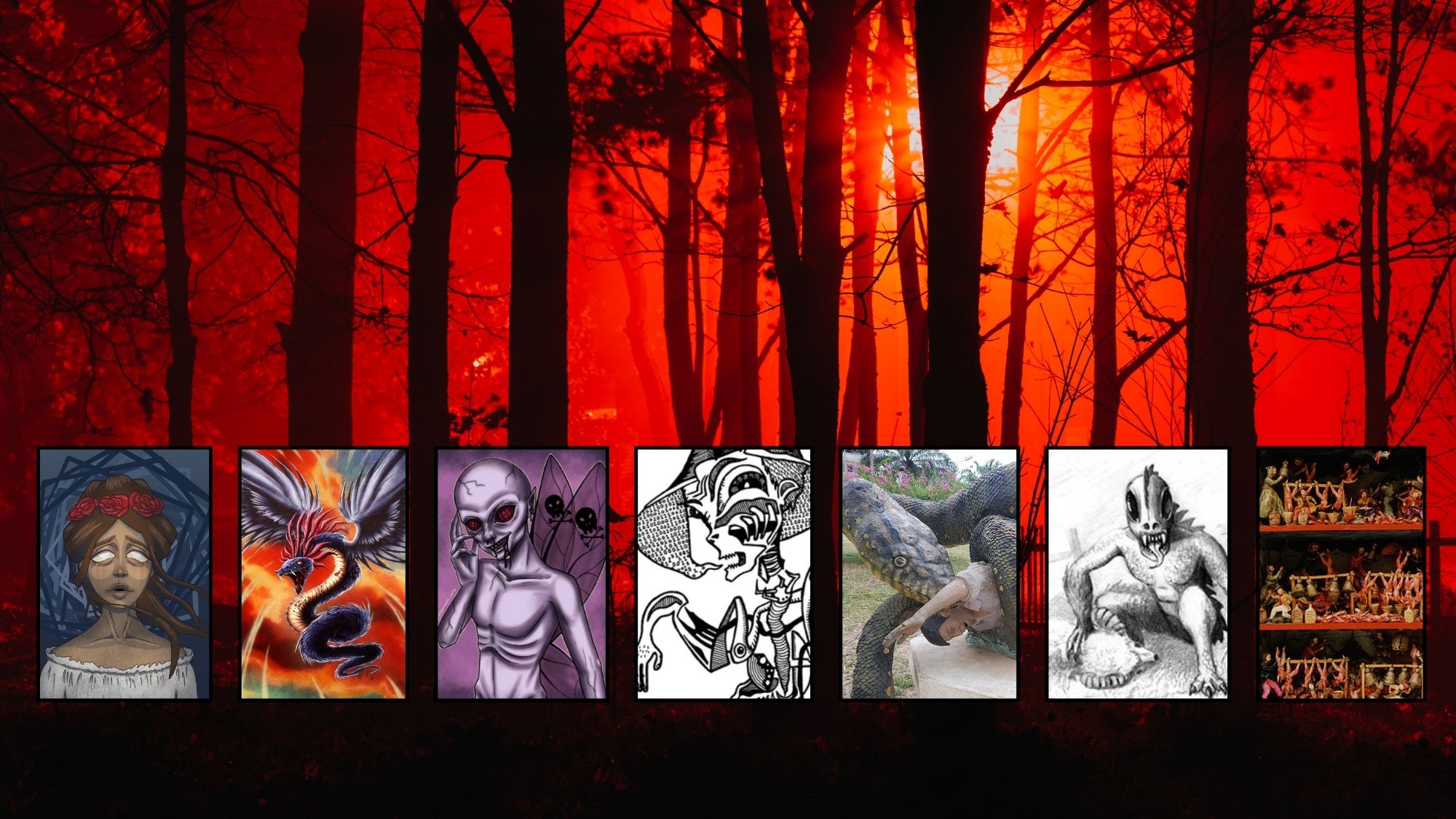We’ve all heard about “dead” languages, like Latin, Old English, and Sanskrit. Or even Mayan. They're gone, morphed into the languages we speak today, or lost to history forever (as is the case with Mayan).
But what if we told you that some of these languages are very much alive and going viral on social media?
“But how!?” you may ask.
“The folks at Equator AI are giving people a realistic idea of what people in ancient civilizations sounded like by recreating the languages of 15 languages that haven't been heard in centuries,” Upworthy.com explains.
Yes, thanks to artificial intelligence (AI) and some inquisitive minds, “people” are speaking ancient languages online, and we can’t get enough of it.
Ancient Languages on YouTube
In 2017, EquatorAI created a YouTube channel that uses AI “to preserve and revive the past of mankind, making it closer and more understandable for people of our era.”
EquatorAI uses artificial intelligence to recreate the sounds of ancient languages.
“We started Equator to make this important information more accessible, and easier to understand.” the EquatorAI site explains.
They have created videos featuring artificially created portraits of people dressed in clothing from different eras who recite ancient texts in the most likely pronunciation. Equator AI’s videos help these distant cultures feel much more real and provide a glimpse into the past.
“Their videos feature artificially created portraits of people dressed in the clothing from different eras who recite ancient texts in the most likely pronunciation. While it is hard to be completely certain about how some of these languages were spoken, the clips do help these distant cultures feel much more real,” My Modern Met writes.
And the channel’s most popular video has over 5.5 million views.
“One of their videos displays the written text that the AI characters are reading on one side of the screen, so those who are familiar with the written version (or people who are curious about the written text) can follow along,” My Modern Met writes.
One of the most interesting languages for Spanish speakers is Quechua, one of the Inca Empire’s main languages. It closely resembles Spanish today, but cannot be understood by most Spanish speakers today. Interestly, according to Brittanica, South American Indians living in areas from Ecuador to Bolivia still speak many regional varieties of Quechua.
Some of the other ancient languages brought to life include: Old Norse, Mayan, Latin, Middle Chinese, Old English, Old Japanese, Old Church Slavonic, Proto-Celtic language, Middle Egyptian, and Ancient Greek.
Reactions to AI-Revived Ancient Tongues
Some YouTube users can’t get enough.
“I loved the Latin and Greek ... I've studied Latin but never mastered it. It is a beautiful language. I've always been fascinated with the Time Travel genre of Science Fiction ... but always wondered how such adventurers would handle ancient languages.,” @kathleenhensley5951 commented on YouTube.
Others compare the ancient languages to those spoken today, such as a YouTube viewer who speaks Arabic.
@AyneEverlast writes: “I’m Arab. I was able to understand Sabaic (السبئية); He was mentioning the names of some idols and declaration of king named: Shurahbi Elu-Ya'faru (شرحب الُيعفر), and the regions that were under his kingship, such as: Hadramawt (حضرموت), Saba' (سبأ), Yemen (يمن), and other Arabs such as Tihama (تِهامة), Banu Abi Karib (بنو أبي كرب).”
“This is one of the few ways I am okay with using ai. Really amazing that we can recreate these languages! There’s massive difference between understanding that a language is old and actually hearing it spoken. Hearing these reminds us that these cultures were real people who lived and breathed and laughed and sang and cried and created their own unique ways of expressing themselves,” @lyrajaded comments.
As with all social media, the EquatorAI videos have their share of controversy. For example, the Mayan video brought the most angry comments amongst viewers – mostly focused on the AI speaker’s appearance.
@opalfishsparklequasar8663 comments: “They were VERY short, & faces very ROUND.”
“What the heck kind of Mayan is this? He should like Native and have an indigenous Mayan appearance,” @ShezmuOperative writes.
Nonetheless, the Nuestro Stories editorial team deems Equator AI’s work as a fascinating example of how AI can be used to bring history to life and make it more accessible to people today.





